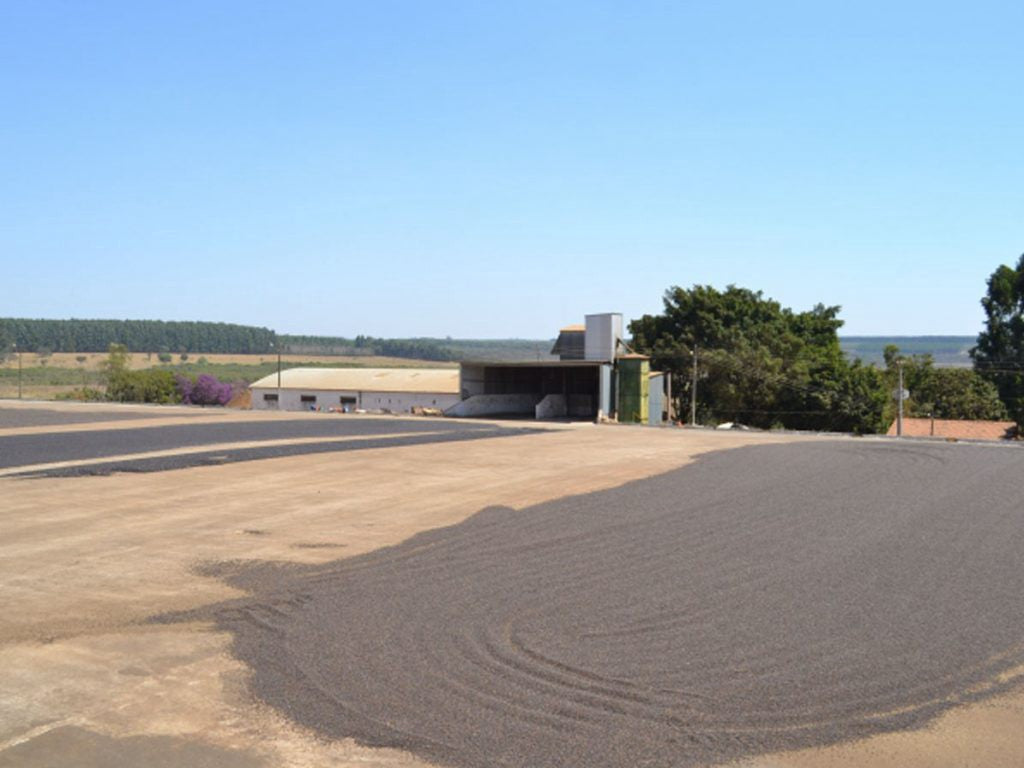
The coffee bean is the seed of a fruit, called a cherry, that grows on tall, leafy trees and ripens to a dark red or yellow color. When the cherries are ripe, they must be removed from the trees. This is done either by hand, which is more time consuming but allows for selection of only the ripest cherries, or by machine, which is more efficient and allows cherries of different ripeness levels to be sorted out during post-harvest processing.


Brazil is home to farms of all sizes, from a single hectare to several hundred. In the Cerrado Mineiro region, most farms are mid- to large-scale estates that plant their coffee trees in neat rows to take advantage of the relatively gentle slopes of the land to harvest coffee cherries mechanically with a that tractor passes through the rows and pulls the cherries off the trees into a hopper.
Coffee Processing
At processing facilities in the farms’ main buildings, cherries are then sorted by color and density: green, unripe cherries are set aside for lower quality coffee lots and ripe cherries move forward as differentiated lots. Many farms use canals to sort out floating coffee cherries, which indicate less-dense cherries with improperly formed beans inside. Ripe red or yellow cherries that sink to the bottom of the canals are the most desirable, and they are next transferred to drying patios or beds.
Naturally processed coffees, like the Paubrasil, are dried as a full cherries. This allows the sugary layer of pectin under the skin of the cherry to be absorbed into the beans as they dry, adding sweetness and hints of earthiness perceptible in the final cup.

Coffee cherries can be dried on stone patios or on raised mesh beds in the sun. In both cases workers constantly turn the cherries with rakes to prevent the formation of mold and to evenly dry all beans to the same moisture levels. Many coffees are transferred to a mechanical drum dryer, often heated with hot air from burning the stalks and branches of pruned coffee trees, to reach a uniform export-ready moisture level of 11.5%.
Dried coffee cherries are hulled to removed the coffee cherry skin, called pulp, and a layer of parchment seed casing. These are now the more familiar green beans purchased by coffee roasters. Producers (or processors, cooperatives, and exporters) sort the green coffee again according to density and color using shake tables, screens, and laser sorters prior to packing it for export.
Processing differs depending on the infrastructure and labor realities of each farm, and many farms across the Cerrado contribute to each container of Paubrasil, a community coffee that is sourced according to physical consistency of the green beans and sensorial consistency of the flavor profile of the cup.

